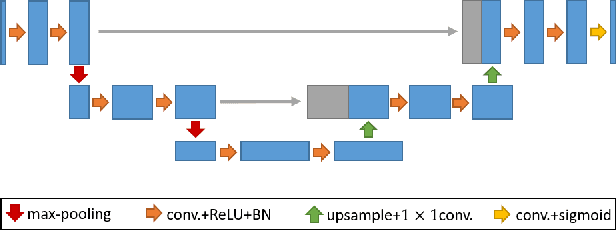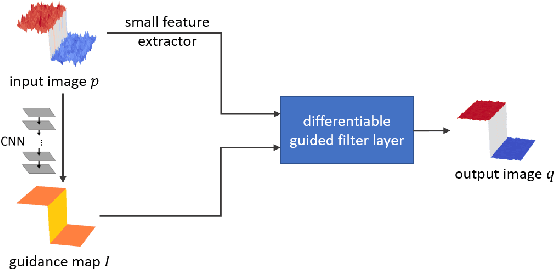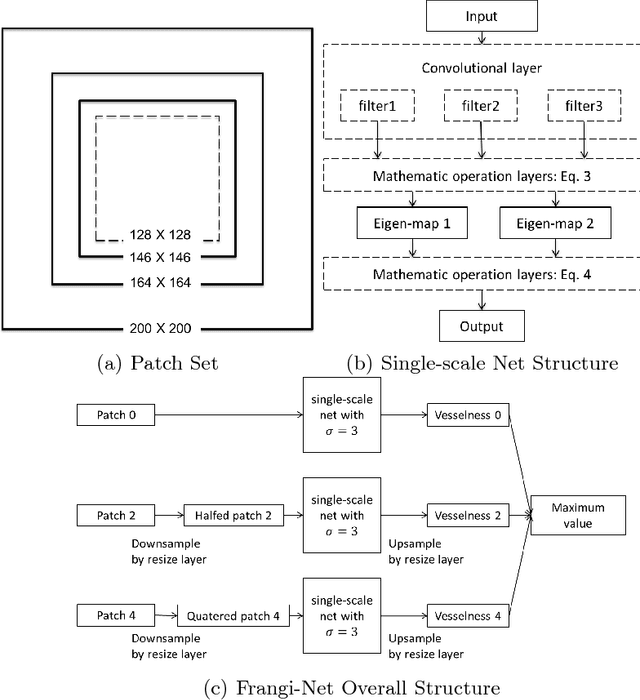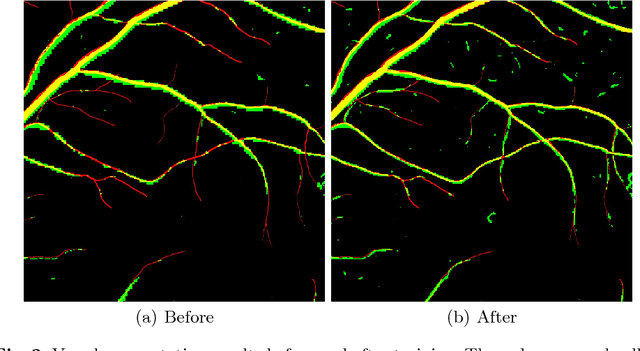Roman Schaffert
A Divide-and-Conquer Approach towards Understanding Deep Networks
Jul 14, 2019



Abstract:Deep neural networks have achieved tremendous success in various fields including medical image segmentation. However, they have long been criticized for being a black-box, in that interpretation, understanding and correcting architectures is difficult as there is no general theory for deep neural network design. Previously, precision learning was proposed to fuse deep architectures and traditional approaches. Deep networks constructed in this way benefit from the original known operator, have fewer parameters, and improved interpretability. However, they do not yield state-of-the-art performance in all applications. In this paper, we propose to analyze deep networks using known operators, by adopting a divide-and-conquer strategy to replace network components, whilst retaining its performance. The task of retinal vessel segmentation is investigated for this purpose. We start with a high-performance U-Net and show by step-by-step conversion that we are able to divide the network into modules of known operators. The results indicate that a combination of a trainable guided filter and a trainable version of the Frangi filter yields a performance at the level of U-Net (AUC 0.974 vs. 0.972) with a tremendous reduction in parameters (111,536 vs. 9,575). In addition, the trained layers can be mapped back into their original algorithmic interpretation and analyzed using standard tools of signal processing.
Metric-Driven Learning of Correspondence Weighting for 2-D/3-D Image Registration
Oct 26, 2018



Abstract:Registration of pre-operative 3-D volumes to intra-operative 2-D X-ray images is important in minimally invasive medical procedures. Rigid registration can be performed by estimating a global rigid motion that optimizes the alignment of local correspondences. However, inaccurate correspondences challenge the registration performance. To minimize their influence, we estimate optimal weights for correspondences using PointNet. We train the network directly with the criterion to minimize the registration error. We propose an objective function which includes point-to-plane correspondence-based motion estimation and projection error computation, thereby enabling the learning of a weighting strategy that optimally fits the underlying formulation of the registration task in an end-to-end fashion. For single-vertebra registration, we achieve an accuracy of 0.74$\pm$0.26 mm and highly improved robustness. The success rate is increased from 79.3 % to 94.3 % and the capture range from 3 mm to 13 mm.
Frangi-Net: A Neural Network Approach to Vessel Segmentation
Nov 09, 2017


Abstract:In this paper, we reformulate the conventional 2-D Frangi vesselness measure into a pre-weighted neural network ("Frangi-Net"), and illustrate that the Frangi-Net is equivalent to the original Frangi filter. Furthermore, we show that, as a neural network, Frangi-Net is trainable. We evaluate the proposed method on a set of 45 high resolution fundus images. After fine-tuning, we observe both qualitative and quantitative improvements in the segmentation quality compared to the original Frangi measure, with an increase up to $17\%$ in F1 score.
 Add to Chrome
Add to Chrome Add to Firefox
Add to Firefox Add to Edge
Add to Edge